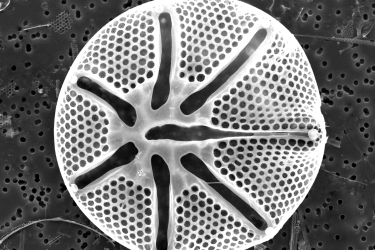Eleven days into Leg 2, the weather has calmed down and the wet lab crew has settled into a routine...sorting, counting and cutting Pacific Hake caught in the midwater trawl. The vessel crew and officers have done a fantastic job of supplying just the right number of Hake for our sampling needs. Sprinkled in the catch has been some interesting bycatch: King of the Salmon, Chilipepper Rockfish, Widow Rockfish and plenty of myctophids. After the catch is sorted to species, processing the Hake samples begins. A major responsibility of the wet lab crew is to collect biological samples for a number of scientists at the Northwest Fisheries Science Center to support the Hake stock assessment and better understand the biology/ecology of Hake. Otoliths (for ages), stomachs (for diets), ovaries and liver (for maturity), and fin clips (for genetics) are extracted, logged so we can identify which fish they came from, and preserved. After the samples are processed, the wet lab crew also processes and reviews video footage from the camera this is strapped to the midwater trawl during fishing. By identifying when the various species come into the net, the acoustics lab can determine if they hit the desired fishing target.

Processing Pacific Hake in the wet lab aboard the Shimada. The electronic measuring boards and paper sheets with Hake fin clips are shown. Photo: NOAA Fisheries


